Level 1 of the Arts curriculum challenges students to understand the visual arts by developing an appreciation of artists, developing practical knowledge by exploring a variety of materials and developing ideas through observation and imagination.
Room 12 students were learning to observe artworks, to discuss what they thought about them using artistic language and then use ideas from the artist to create their own self-portraits.
Students learnt about the concepts of proportion and the use of colour to create impact.
What we did
First, we looked at some Amadeo Modigliani artworks and students talked to each other about what they noticed.
They have long necks. My neck isn’t really that long.
The paintings are really colourful. He uses bright colours
I explained that we were going to create our own self portraits using ideas from this artist. Before we created our final portrait, we had to practise a few times to get the proportions right. Students used black paper and chalk to make an outline of their head and shoulders.
It was hard to fill the whole piece of paper. I had a couple of goes to fill my paper. It was good using the chalk because I could just rub it out if I made a mistake.
Once they were happy with their practice portrait they used cartridge paper and pencil to draw their final art work.
We needed to remember to fill the whole page, draw a long neck and not press too hard with our pencil.
The students used what they had noticed in the works of Amadeo Modigliani to add their eyes, nose, lips and ears in the appropriate places.
The next step was to use pastels to add colour and extra details. Pastels can be tricky to use as they smudge easily. The students did a great job not smudging their artworks, colouring in one direction and filling in the white spaces.
The final step was to cut the self portraits out and glue them onto black paper so that the bright colours stood out. After this the students wrote about their self-portraits.
What we did
For our second Visual Art project Room 12 decided to make a soap carving of their favourite taonga (a treasure or prized possession). The students used a variety of tools to make their taonga.
First we watched a video of an elephant being carved out of soap. The students discussed shapes with their buddies and decided what image they wanted to create on the soap to show their taonga. They drew a picture of this on paper. They had to make sure their drawing was the right size for our soap - using their learning about proportions to ensure that it would all fit. Next they cut the picture out.
I want to draw a house because that is where my family is.
I want to draw a turtle because turtles are special to me and the world.
I explained that we were going to trace the outline of the shape from the paper onto our block of soap with a pencil. The pencil easily made an indentation in the soap. Some students had to press harder to make a clear outline. Now we were ready to start the carving process.
As it was a beautiful day the students helped me place a large tarpaulin on the grass outside. We sat in a circle on the outside of the tarpaulin and worked with small scissors and potato peelers to carve our soap.
I find the potato peeler easier to carve with. The plastic end is great to make the shapes with.
I found the scissors better because they were sharper and made clear lines.
The students learned that carving is one of the oldest methods for creating a three dimensional piece of art. They also learned that they could use everyday tools to carve with. They demonstrated patience and perseverance as they worked slowly creating their taonga.
The students are really proud of both artworks. They developed an understanding of artists, learned practical skills using pastels, chalk, pencils and carving tools, while developing an understanding of proportion.
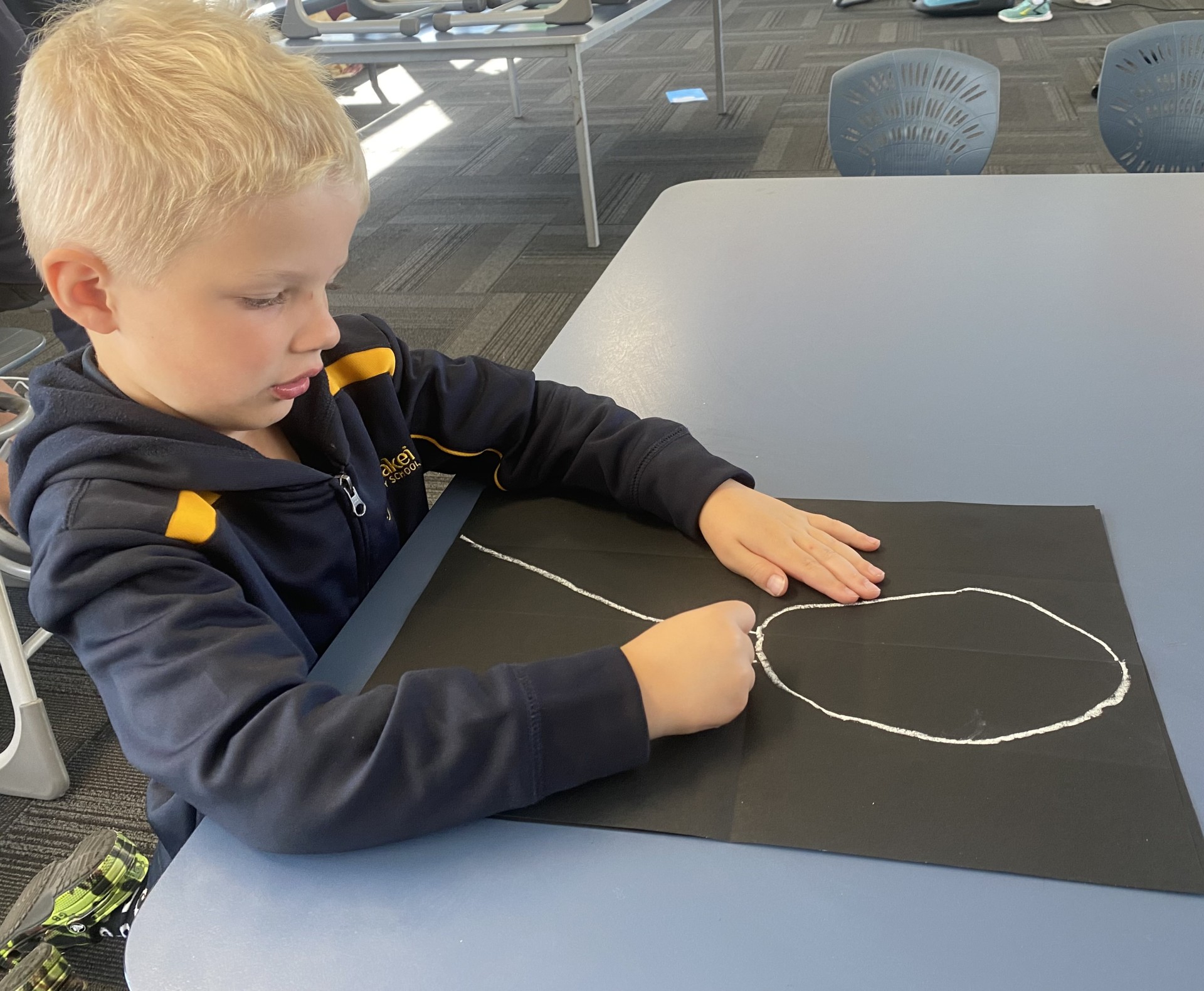
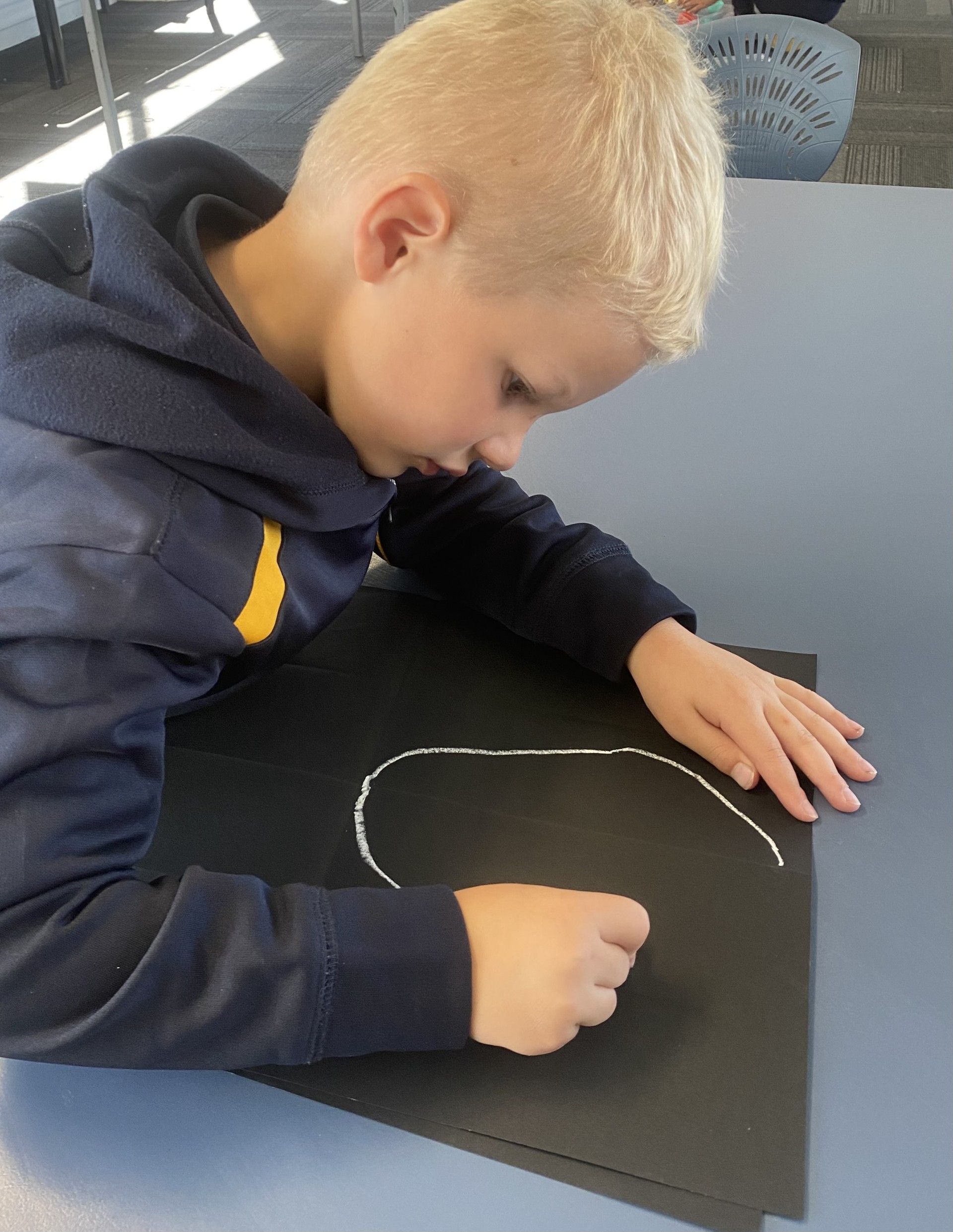
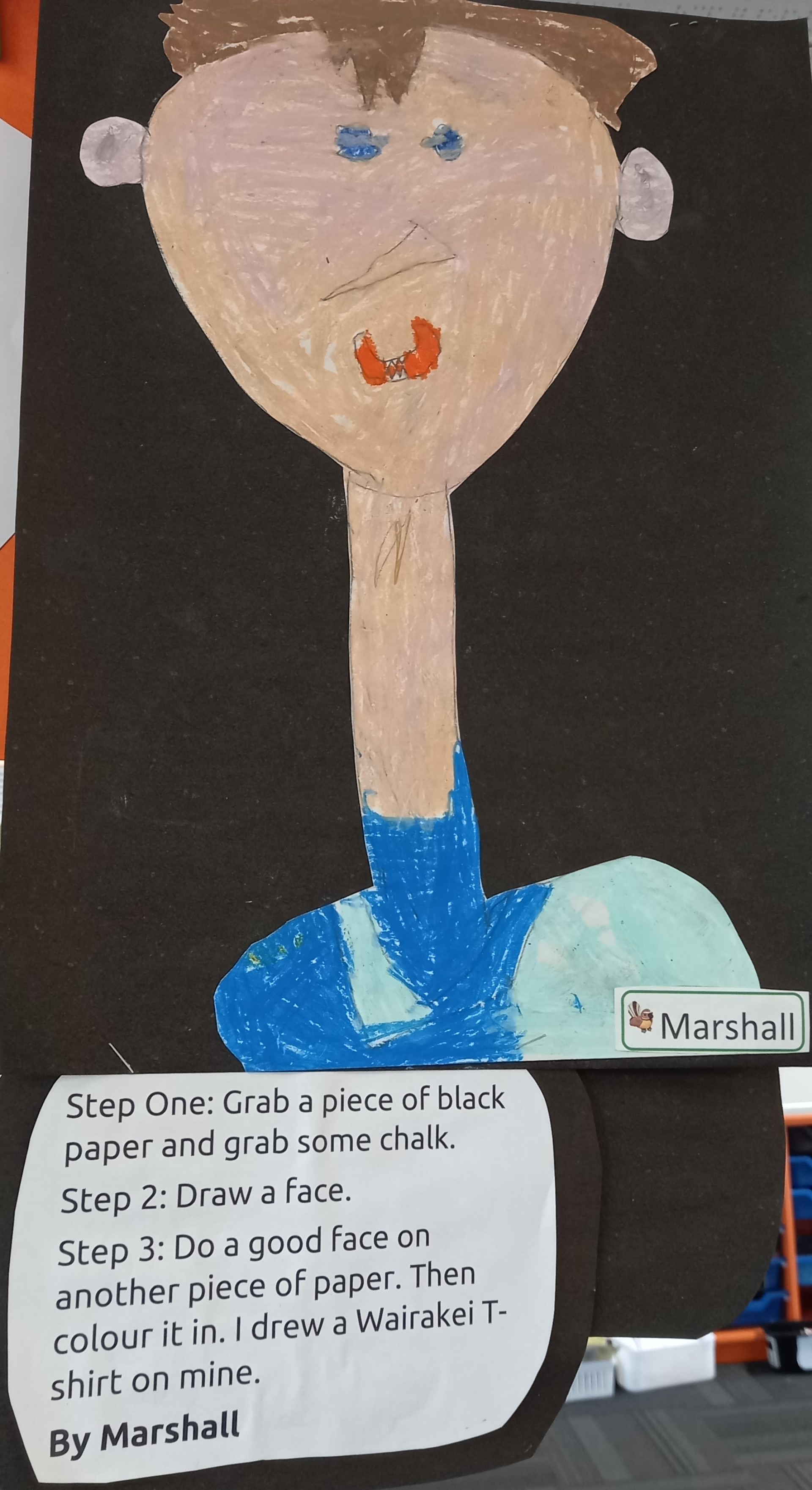
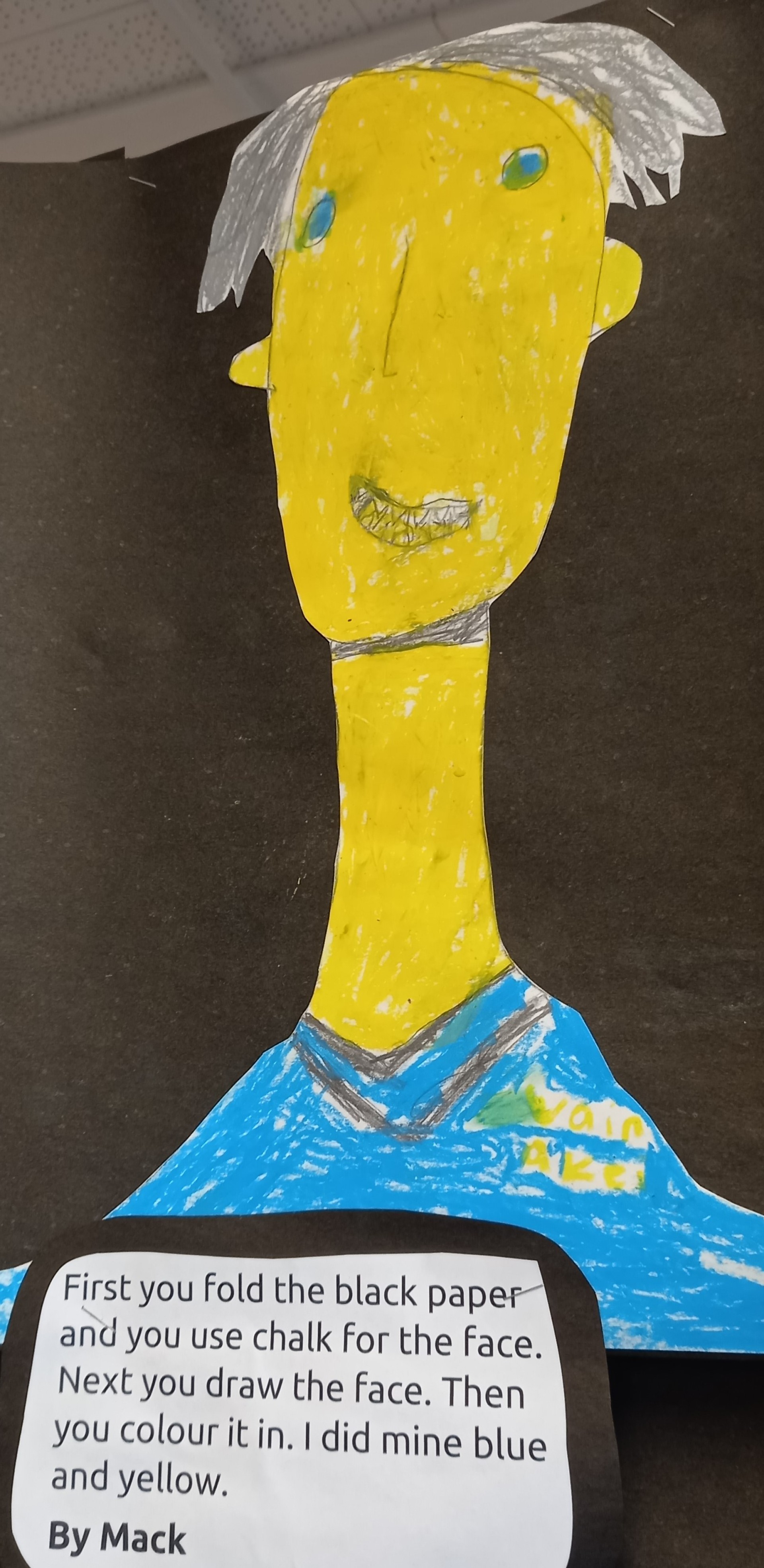
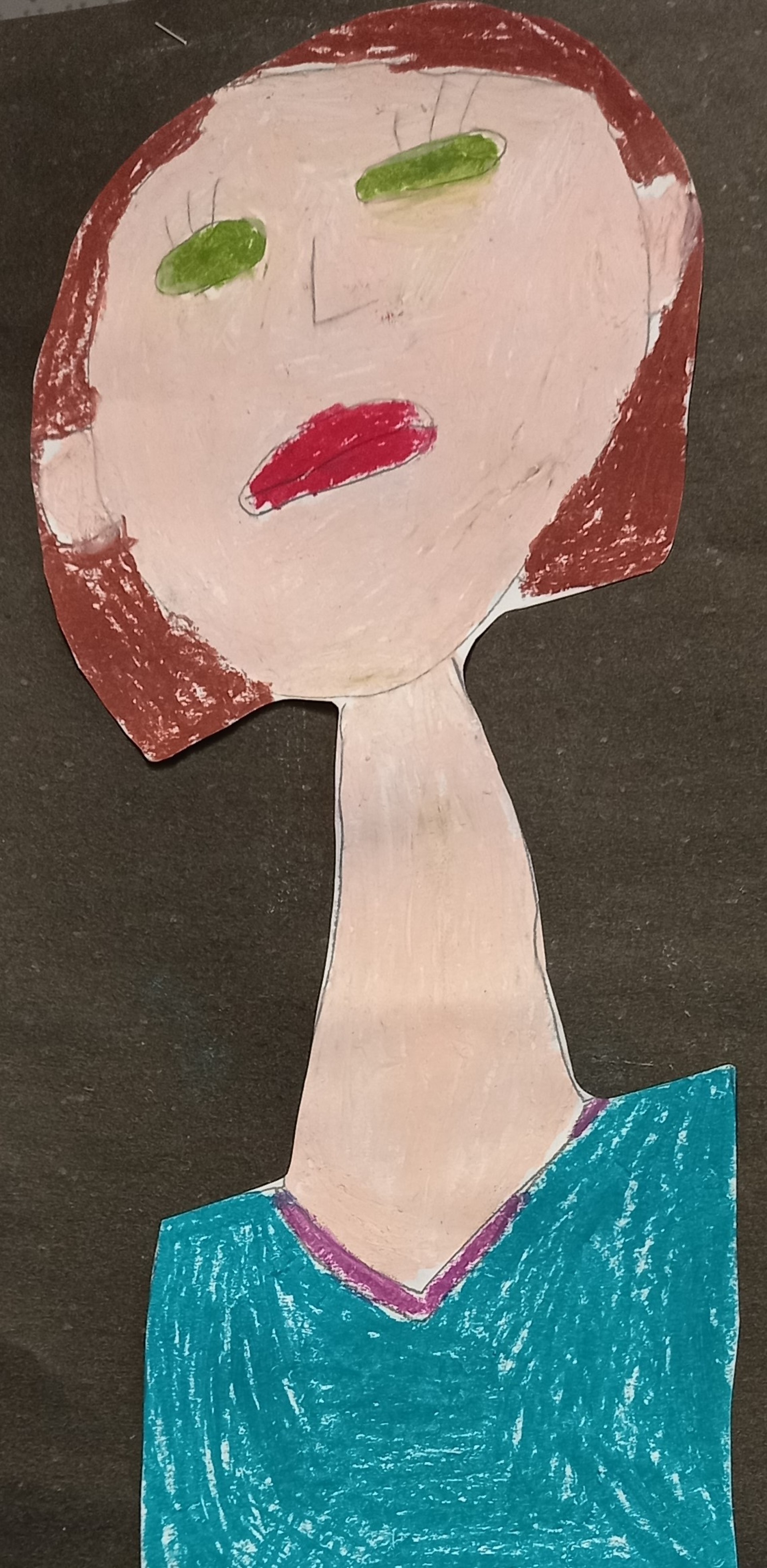
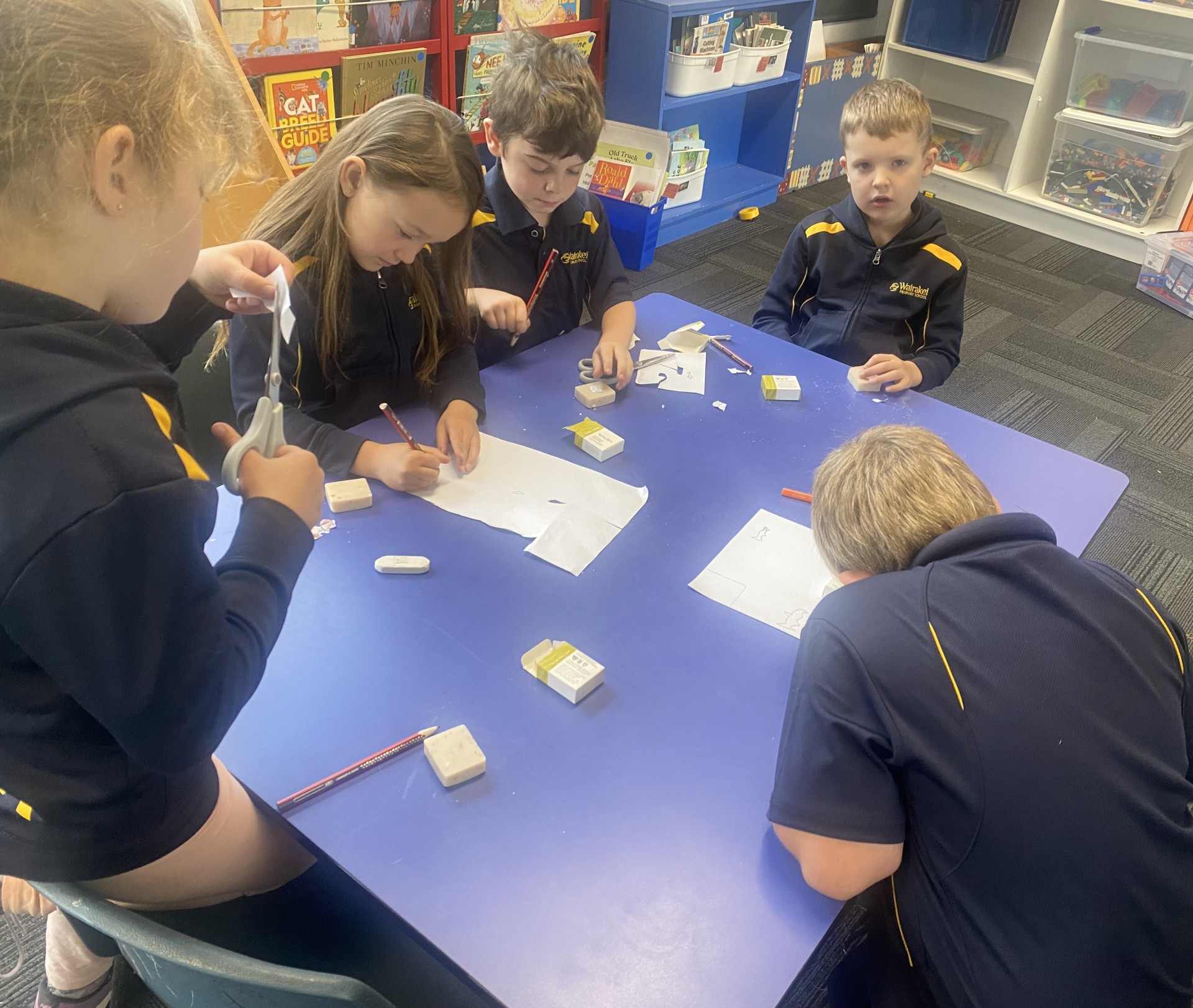
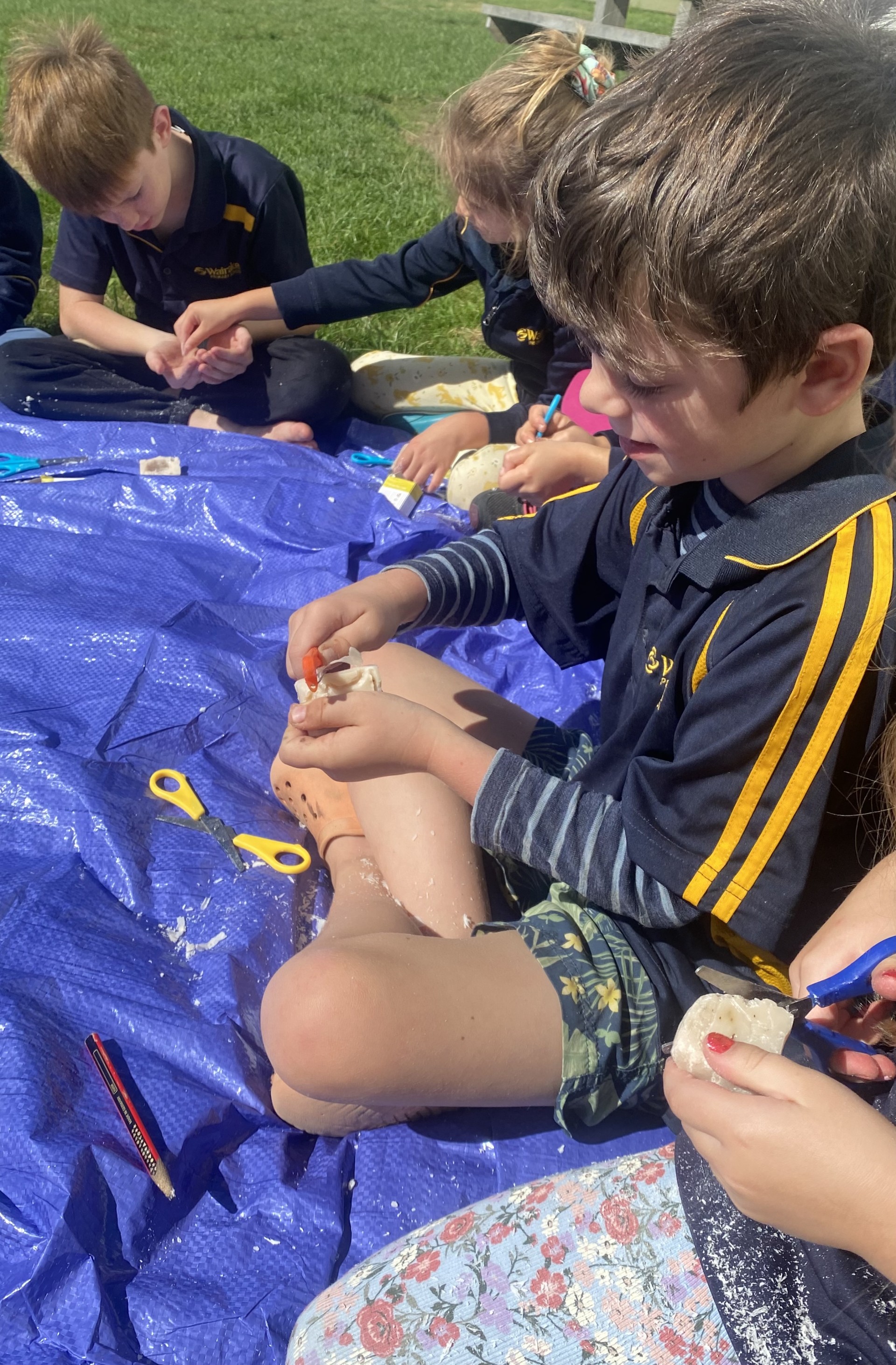
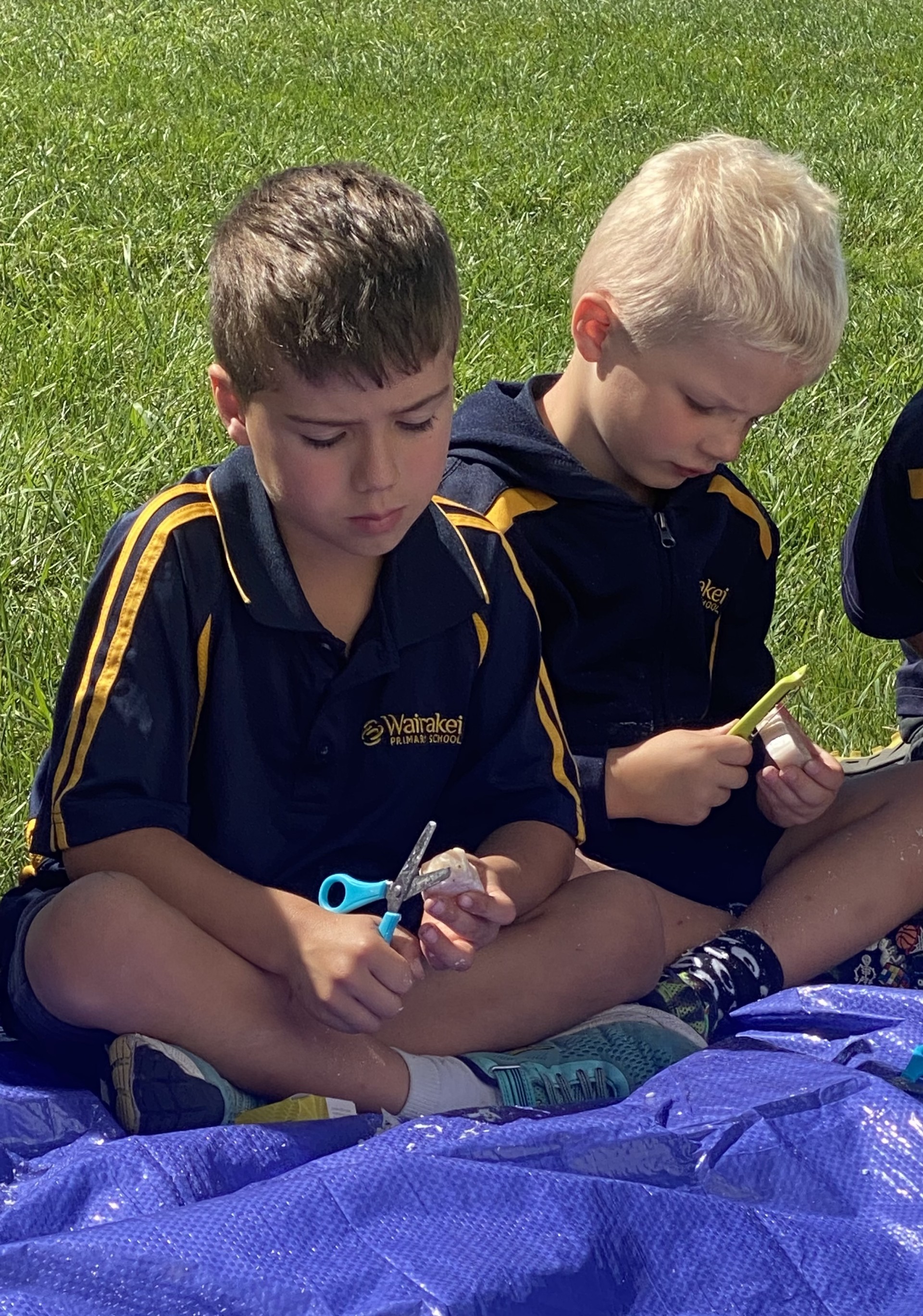
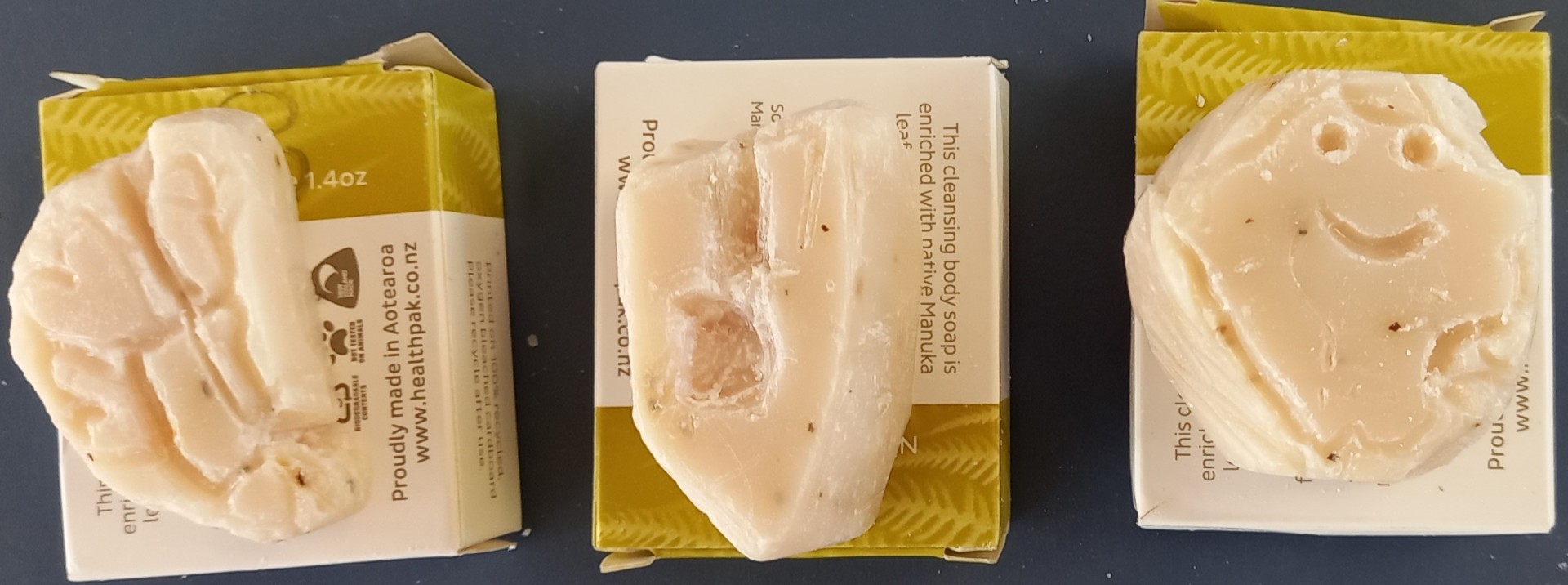

Comments are disabled for this post.